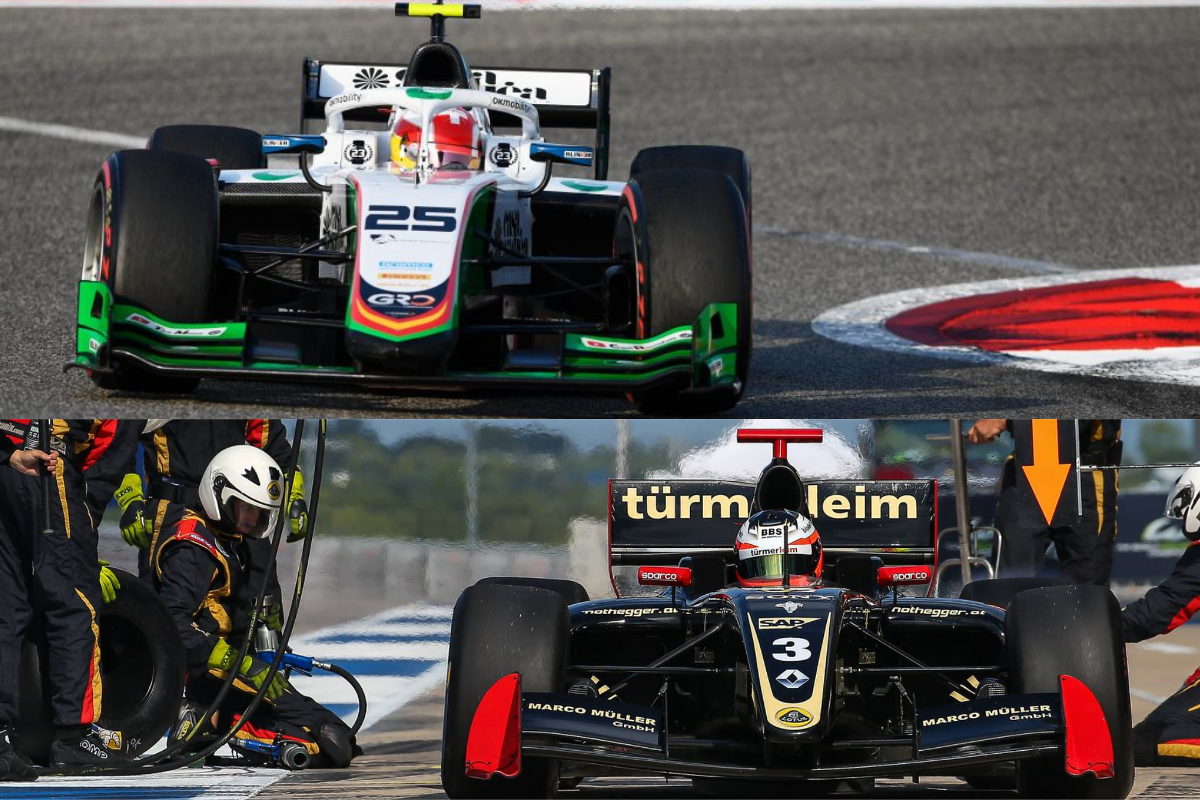
Photo: Formula Motorsport Ltd & FV8 3.5
Ralph Boschung debuted in F2 in 2017 but only recently claimed his first victory – in his 96th race in the championship. Who else has had to wait a long time to win in single-seater racing’s second tier series?
Campos Racing’s veteran driver Ralph Boschung sits atop the Formula 2 standings after four races, and goes into this weekend’s new event in Melbourne full of confidence after years of unfulfilled potential, budget issues and injury.
He has been in the series since 2017, making his debut before IndyCar podium-finisher Christian Lundgaard, Super Formula sophomore Ren Sato and series rookies Kakunoshin Ohta and Cem Bolukbasi had even started their car racing careers.
In recent years, despite the COVID-19 pandemic, F2 has packed more races into its schedule while Indy Nxt has shrunk its calendar, and the amount of race starts a driver gets in an F2 season now is 10 more than what drivers in Formula V8 3.5 (nee Formula Renault 3.5) had just six years ago. It’s also not far from being three times the amount that GP2 and F2 predecessor International Formula 3000 featured two decades ago.
That means it would now take less than two seasons to rack up 50 F2 starts, and at present only 35 drivers since the 1960s have stayed that long in the second tier of single-seaters without winning a race. So who in the past has had to wait that long to win, and did that stop them from making it to the top?
Giacomo Ricci did eight races in World Series by Nissan in 2004 before a kind of side-step to Euroseries 3000, a series which used old F3000 cars and later became known as Auto GP. While the cars were second-tier machinery, drivers treated the series as a step before competing in the modern cars of GP2 and FR3.5 and so none of Auto GP’s seasons have been included in Formula Scout’s calculations.
After winning that series in 2006, Ricci didn’t have the budget for GP2 so headed to the United States and via a shootout got a seat in Atlantics, a then-rival to the USA’s other second-tier series Indy Nxt. But things started to go wrong behind the scenes, which he explained in an interview with Formula Scout about his career, and through an old friend eventually ended up in GP2.
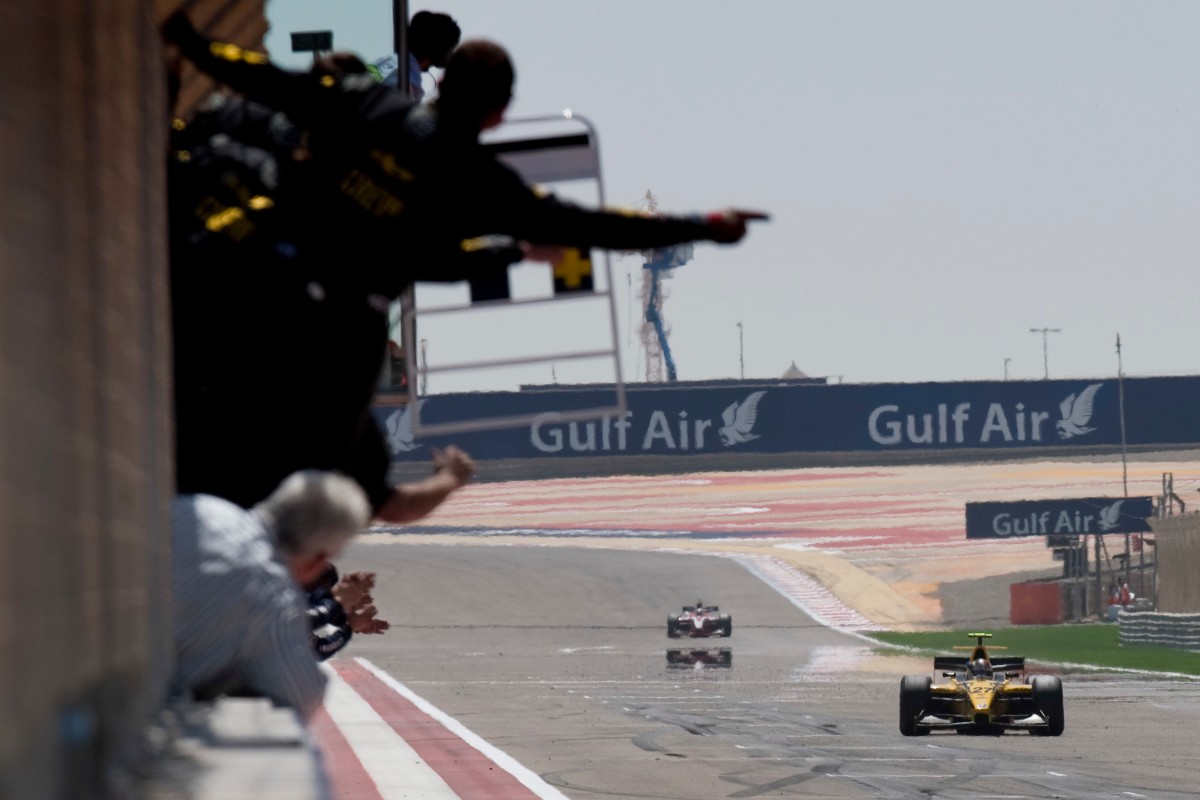
Photo: GP2 Media Service / LAT Images
The David Price Racing team he drove for rarely challenged the top 10, and Ricci only had the budget for part-seasons, but when DPR relocated to Italy it became far more competitive. Ricci ended his second GP2 Asia season with a win on his 50th start at that level [pictured above], then did the same in the main series later in 2010. He’s now Trident’s team manager in F2.
Also having to wait a half-century for success was Felipe Nasr, who was competitive from the off but never quite made it to the front. He made the podium 20 times in three seasons, took until his 37th start to lead a race, and was fourth in the standings as a sophomore despite not winning. During his third season he won four times and led 128 laps, earning him an F1 seat with Sauber for the next two years.
Christian Danner raced in European F2 from 1981 to ’84 and made the podium seven times in 47 races to twice come fifth in the standings. Victory was elusive in his March cars, despite being a factory driver of the marque for two years, but when he stuck with one of their chassis for European F2’s successor Int. F3000 in 1985 it proved a rewarding choice as it only took five races to win. That breakthrough win came in the Pau Grand Prix, and three more wins followed to make Danner champion.
F1 then beckoned, but he failed to make an impact in 35 starts there and returned to the second tier in 1990 to race for Leyton House in Japanese F3000. He made the podium in his season there, then spent several years bit-part in IndyCar.
There are three drivers who took 53 starts to win, and the most significant of these is Pierre Gasly. After winning the 2013 FR Eurocup title, Gasly was added to the Red Bull Junior Team and went 1015 days without winning a race. He retained Red Bull’s support though that trying time as he was actually performing very strongly.
His Eurocup title earned him a seat in FR3.5 where he was championship runner-up as a rookie, making the podium in almost half of the races, and he then moved across to GP2 where his rookie season was also impressive with three poles in the last four rounds and four podiums. But he was only eighth in the points, and so a second season in GP2 then made sense to do.
 With new team Prema, Gasly edged team-mate Antonio Giovinazzi to the 2016 title and picked up four wins on the way. However it was still not enough to convince Red Bull to put him in F1, and he instead picked up top-tier experience in Formula E and Super Formula. In the latter he came incredibly close to becoming champion as a rookie, forcing Red Bull’s hand to finally give him an F1 shot. He’s now a grand prix winner and has finally left Red Bull’s ranks to race for Alpine.
With new team Prema, Gasly edged team-mate Antonio Giovinazzi to the 2016 title and picked up four wins on the way. However it was still not enough to convince Red Bull to put him in F1, and he instead picked up top-tier experience in Formula E and Super Formula. In the latter he came incredibly close to becoming champion as a rookie, forcing Red Bull’s hand to finally give him an F1 shot. He’s now a grand prix winner and has finally left Red Bull’s ranks to race for Alpine.
Like several others on this list, Gasly also contested a GP2 race that is considered a non-championship affair and so is not included in statistics for driver starts. Gasly was in fact the cause of this statistical discrepancy, as a spin after two corners in the 2015 season finale at Yas Marina Circuit led to a multi-car crash, the race being immediately stopped and then being declared void as barriers could not be repaired in time for a restart and less than a lap had been completed.
During the days of GP2 Asia, sometimes the quality of the field was lower than in the main series and it enabled drivers to pick up results they wouldn’t have managed against tougher opposition on European tracks. Roldan Rodriguez was one example, a driver who was an irregular scorer until joining Piquet GP for the 2008-09 GP2 Asia season. He started the campaign off with victory from pole at Shanghai, and came third in the standings with an average finishing position of 10.7.
Takao Wada debuted in Japanese F2 in 1977, made the podium on his sixth start in 1979, but did not finish in the top three again until the 1986 season opener. It then wasn’t until 1988, once the series had become Japanese F3000, that he claimed the first of two career wins. He retired from the series in 1993, having appeared in 90 races.
Only Max Verstappen has raced at the top level of single-seaters at a younger age than Josef Kral, who aged 17 and having raced in nothing higher than Formula BMW got an A1GP call-up for Team Czech Republic.
After that he did more learning with two seasons in International Formula Master, winning three races, then took on GP2. Points were rare, and he bowed out after three years with victory on his 58th and final second-tier start. He’s since raced GTs.

Photo: GP2 Media Service
Marco Apicella had a 52-race career in Int. F3000, of which two poles and 10 podiums were the highlights. But victory in his five years there were elusive and he switched to Japanese F3000 for 1992. It only took six races for him to become a winner, he won again the next year and made his F1 debut with Jordan. That race lasted less than a kilometre, but he returned to Japan and became champion in 1994. Unfortunately he then scored no points in his title defence the year after.
One of few women to win at this level, Pippa Mann scored three times in two FR3.5 seasons, then only made the top 10 three times in her rookie Indy Nxt campaign in 2009. But switching to Sam Schmidt Motorsports for her sophomore season unlocked more pace, and she followed up pole position for the iconic Freedom 100 oval race at Indianapolis Motor Speedway with two more poles, a win and a second place in the last three rounds to rise from 11th to fifth in the standings.
She made her IndyCar debut the following year, and seven of her 17 starts in the series have been in the Indianapolis 500.
10. Arie Luydenyk Jr THE NETHERLANDS/USA 62 races
Indy Lights (66 races): 1 win, 3 poles, 13 podiums, 1729pts Top tier IndyCar (1 race)

Photo: IndyCar Series
Far more famous for his appearances on American dating shows than for his racing accomplishments, Luydenyk is the son of a two-time Indy 500 winner. He did make it to the Indy 500 in his own career, but never hit the highs his father did.
Luyendyk Jr’s Indy Nxt debut came in 2002, after two seasons in the fourth-tier USF2000 series and a handful of Formula Ford races in Europe. Making such a jump meant results were not to be expected straight away, but he exceeded expectations driving for his father’s own team with four second places and a pole to finish his rookie season as runner-up.
But such results became harder to achieve with each of the teams Luyendyk subsequently drove for. Two podiums and two poles in 2003 put him seventh in the standings, then he was third in 2004 with a further two podiums.
As the series moved away from having an oval-dominated calendar, Luydendyk became less competitive against drivers who were stepping up from series populated by road and street courses. He went 27 races and four years without a podium, before recapturing some of his old form in 2008. That season ended at Chicagoland Speedway, and with a first win for Luyendyk. After a few more Indy Nxt starts in 2010, the world of The Bachelorette beckoned.
=8. Fairuz Fauzy MALAYSIA 65 races
GP2 (62 races): 5pts GP2 Asia (14 races): 1 win, 3 podiums, 25pts FR3.5 (57 races): 1 win, 2 poles, 10 podiums, 181pts Top tier A1GP (22 races): 1 win, 2 podiums, 57pts
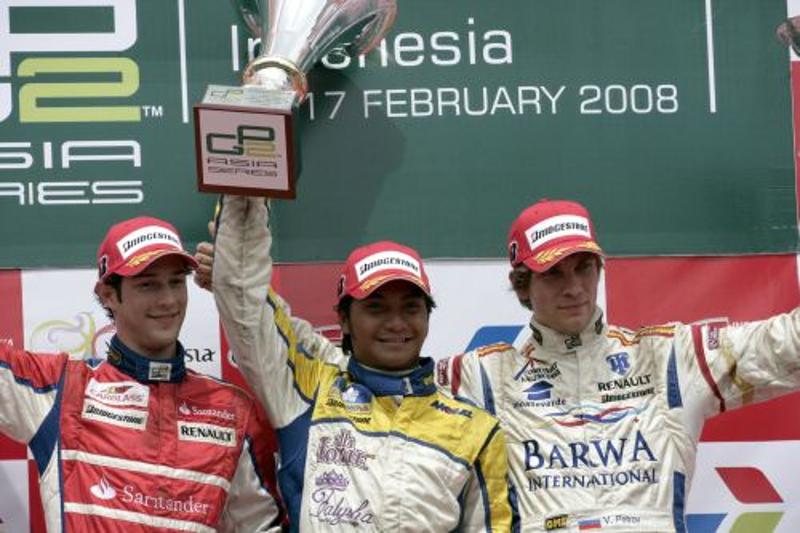
Photo: GP2 Media Service
Much of Fauzy’s racing career has been intrinsicly linked to his home country, driving for Malaysian teams in various series.
A combination of a period of financial propserity in the nation, the timing of having multiple Malaysian-owned firms active in F1 including Lotus, and a handful of top results in competitive championships doing enough to dampen the pay driver label he would otherwise have meant Fauzy was a contender to race in F1 during the early 2010s.
He never made it, and it was never quite clear whether he was F1-ready based on his junior series results alone. And Lotus certainly didn’t believe he was after a year of testing as they prematurely released him from a five-year contract.
Fauzy debuted in GP2 in 2005, stepping up after taking one podium from 70 races in British Formula 3. He scored no points in his first two GP2 seasons, and in the meantime made his top-level debut for Team Malaysia in A1GP.
For 2007 he switched to FR3.5, and looked far more competitive with three podiums and a pole position. Fauzy then returned to A1GP duties alongside a season in GP2 Asia. At the infamous Sentul round, where changing weather and a deteriorating track surface required teams to equip cars with protective devices for wings, Fauzy earned his first win from reversed-grid pole in the sprint race.
After his A1GP duties concluded he came in late to the 2008 FR3.5 season, but made the podium in Monaco in his comeback race. There was only one points finish in the 12 races that followed, but then when Fauzy returned to A1GP – and now in a full-time capacity – he looked a significantly improved driver and started the season with victory and a second place.
Fauzy chose FR3.5 for his main programme again in 2009, and in the first four rounds only once finished higher than seventh. That result was a win from pole at the Hungaroring though, and consistent scoring and a few more podiums thereon led to him winning a five-way fight to be championship runner-up.
Following his year of auditioning for a Lotus F1 drive, Fauzy returned to all three of the second-tier series he had previously raced in but had patchy form that made it even more inconclusive about what his level was as a driver.
=8. Masahiko Kageyama JAPAN 65 races
Japanese F3000/FNippon (73 races): 2 wins, 2 poles, 8 podiums, 56pts Top tier FNippon (19 races): 1pt

Photo: Demodori6
While the series that is now known as Super Formula has always been at the top level of Japan’s single-seater scene, for several decades it ran to F2 and then F3000 rules before joining F1 and IndyCar as a top-tier series in 1999.
Kageyama raced there from 1990 to 2001, and his two wins came in what was Formula Nippon’s final year as a junior series.
Success only arrived once he joined Team Impul for the 1997 season, having already become Japanese Touring Car champion with the team four years prior.
Three podiums and 16 points put Kageyama seventh in the ’97 standings, and he started 1998 with victory at Suzuka. He earned his first FNippon pole at the same track four races later, and converted that into a second career win, with his only other point that season coming in the final race which was also held at Suzuka. It was still enough to put him fourth in the standings, two positions behind his younger brother Masami.
Whenever the older Kageyama swapped single-seaters for cars with a roof he was more success-prone, winning two titles in the series that preceded Super GT and also coming third in the Le Mans 24 Hours for Nissan.
7. Nicholas Latifi CANADA 66 races
FR3.5 (23 races): 1 podium, 75pts GP2/F2 (98 races): 6 wins, 21 podiums, 506pts Top tier F1 (61 races): 9pts

Photo: LAT Images
In addition to the ‘non-championship’ Abu Dhabi race, Latifi’s career in the second tier also includes the infamous F2 race at Spa-Francorchamps in 2019 which Anthoine Hubert lost his life in and has also been scrubbed from the series’ stats books.
Latifi’s journey into motorsport meant he started competing seriously at a far later age than his peers, and learned much of the intricacies of driving from paper and theory-based work. But with a father who provided the funding to make up for any lost ground at each step of the motorsport ladder, he couldn’t rely on a late start as an excuse by the time he reached FR3.5.
A podium on his sixth FR3.5 start there proved to be a false dawn, and after a full season there he switched to GP2. There was a 27-race wait for his next podium, achieved in the 2016 GP2 season opener, then another 25-race wait for a follow-up to that.
But the continuity of staying with DAMS, who he ultimately spent four seasons driving for, helped Latifi continually improve and he finally claimed his first win in F2’s Silverstone sprint race in 2017. Nine podiums from 21 races that season put Latifi an impressive fifth in the standings.
In 2018 he and the team suffered a setback with the introduction of F2’s new car, but had got on top of it the season after and Latifi started 2019 by winning three of the first five races. Despite becoming championship runner-up behind Nyck de Vries, Latifi was firmly considered a pay driver when he stepped up to F1 with Williams in 2020.
6. Max Chilton ENGLAND 70 races
FR3.5 (1 race) GP2 (62 races): 2 wins, 2 poles, 4 podiums, 176pts GP2 Asia (12 races): 2pts GP2 Final (2 races) Indy Nxt (13 races): 1 win, 3 poles, 6 podiums, 258 pts Top tier F1 (35 races) IndyCar (83 races): 1351pts
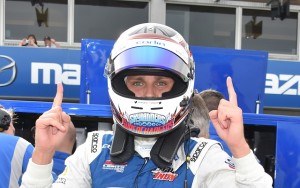
Photo: Indianapolis Motor Speedway, LLC Photography
Another driver whose father paved the way to the top via some large-scale financial investments in their son’s career, Chilton is also the younger brother of former British Touring Car star Tom Chilton.
In 2009 the younger Chilton came fourth in British F3 with Carlin, a team his father became majority shareholder of and thereon became a maintay in Chilton’s career.
Although he first raced in GP2 with Ocean Racing Technology, once Carlin arrived in the series in 2011 he was back in their line-up and he came 20th in the standings that year. A singular fifth place was Chilton’s best result after 53 races in the second tier of single-seaters, but he and the team made a big jump up the order as 2012 began.
Chilton started the season with his first podium, and in round nine at the Hungaroring he won the feature race from pole. A further pole and another feature race win meant he came fourth in the points, and with the Marussia F1 team sponsoring Carlin through 2012 it was no surprise that Chilton then stepped up to F1 with Russian-owned manufacturer.
He lost his seat after two seasons, and returned to Carlin which was now competing in Indy Nxt. Doing an incomplete campaign prevented a title challenge, but Chilton was competitive in his outings – taking a win and three poles – and did enough to earn an IndyCar seat for 2016. After two seasons and one top-five finish with Chip Ganassi Racing, he left the team to once again reunite with Carlin and lead their entry into IndyCar.
=4. Rio Haryanto INDONESIA 72 races
GP2 Final (2 races) GP2 (89 races): 3 wins, 7 podiiums, 226pts Top tier F1 (12 races)

Photo: Manor Racing
After winning the 2009 FBMW Pacific title, Haryanto became a junior of F1’s new Virgin Racing team and enter GP3 with the linked Manor Racing outfit. He won on his fourth start and as the team’s highest placed driver in the standings got a prize F1 test at the end of 2010.
Haryanto only scored five times in his sophomore GP3 season with the team, although took two wins and two further podiums, and was similarly inconsistent through his GP2 career.
After debuting in the single-event GP2 Final at the end of 2011, Haryanto made the full-time move to GP2 alongside Chilton in the Marussia-backed Carlin (with Marussia succeeding Virgin in ownership of the F1 team).
The highlight of his rookie season was pole in the wet at Spa, but his best race result was a fifth place, and moving to the Addax team for 2013 brought a first podium but less points and also a departure from Marussia’s ranks.
Signing with Caterham’s GP2 team in 2014 didn’t bring him into F1 contention with that brand, and the results were lacking again. Everything changed for Haryanto the year when he joined Campos Racing, instantly becoming a victory threat.
The long-awaited first win came in the sprint race of round one at Bahrain, and two more sprint race wins followed. Haryanto was the only driver of that year’s GP2 crop to land a full-time F1 drive for 2016, reuniting with Manor in the process, but budget issues meant he only lasted 12 races before losing his seat.
=4. Jerome d’Ambrosio BELGIUM 72 races
FR3.5 (7 races) GP2 (58 races): 1 win, 1 pole, 7 podiums, 71pts GP2 Asia (21 races): 6 podiums, 48pts Top tier F1 (20 races) FE (69 races): 3 wins, 2 poles, 9 podiums, 322pts

Photo: GP2 Media Service
D’Ambrosio has come a long way since his GP2 days, which were notable for a rare instance of a driver in a junior series losing their seat based on a lack of results (for one weekend only).
The Belgian’s first second-tier starts came in FR3.5 in 2006, contesting four rounds before switching to Euroseries 3000. He stepped down to Int. FMaster for 2007, and became champion, then headed to GP2 with DAMS.
Two podiums in the Asian series was an encouraging start for d’Ambrosio, and after a slow start in the main series he was runner-up in two sprint races in the final three rounds. That momentum continued into GP2 Asia over the winter of 2008-09, where he was championship runner-up with a pole and four podiums, and then he started the 2009 season with three podiums in the first four races. Nine points-free races followed, then three fourth places lifted him to ninth in the standings.
The Gravity Sport Management organisation that looked after d’Ambrosio’s career was heavily involved in the Renault F1 team at the time, and he was made one of its reserve drivers for 2010. Gravity also orchestrated a deal for d’Ambrosio to become a free practice driver for Virgin later in the year, but also pulled him out of his GP2 seat during the season for underperforming.
D’Ambrosio had actually broken his victory duck in the Monaco sprint race, but failed to score after that and Romain Grosjean was called up to replace him at Hockenheim. Once he returned to his seat, d’Ambrosio qualified on pole at Spa, made the podium at Monza and earned an F1 seat with Virgin for 2011.
He lasted one year racing in F1 before returning to his reserve role at Renault, now known as Lotus, and then raced in FE for six seasons. D’Ambrosio won three E-Prix, and his experience earned him a management role at Venturi after he stopped driving. He left the team and the series last year, and recently was signed by Mercedes to head up its F1 junior team.
3. Stephane Richelmi MONACO 73 races
FR3.5 (17 races): 6pts GP2 (70 races): 1 win, 2 poles, 4 podiums, 201pts GP2 Final (2 races)
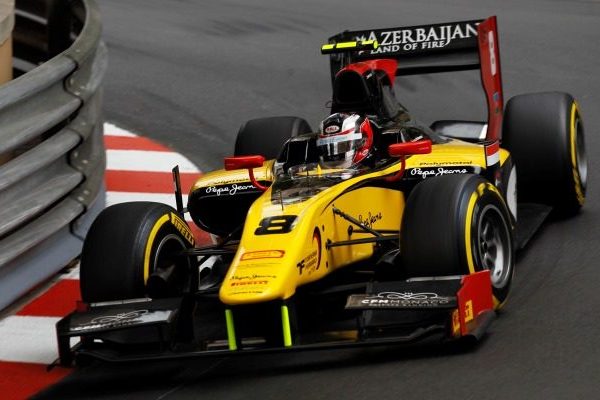
Photo: Sam Bloxham/GP2 Series Media Service
The son of French Gravel Rally champion Jean-Pierre Richelmi had a single-seater career that was light on wins at every level he competed at.
He went through three years of FR1.6 and FR2.0 without a victory, but in Italian F3 won four times en route to second in the standings in 2010. From there he stepped up to FR3.5, scoring once in his rookie season, then moved to GP2 at the end of 2011.
It took 13 races to score his first points, and six races later he claimed his first podium in remarkable fashion at Hockenheim from 22nd on the grid. He made up eight places on lap six of the race, then another 10 places a lap later to move into second as he had gambled on starting using slick tyres on a drying track. Following his compulsory pitstop he dropped to fifth, but made it back to third in an inspired drive.
It was a one-off though, with Richelmi not featuring near the front again until 11 months later when he was second at Silverstone in the feature race. He was on pole next time out at the Nurburgring, but there was another long wait for further success.
DAMS was the team to beat in 2014, and Richelmi reaped the rewards of driving for them with pole at Barcelona and, finally, a first win at home in the Monaco sprint race. He stood on the podium one more time, while his team-mate became champion.
2. Ralph Boschung SWITZERLAND 96 races
F2 (99 races): 1 win, 6 podiums, 163.5pts
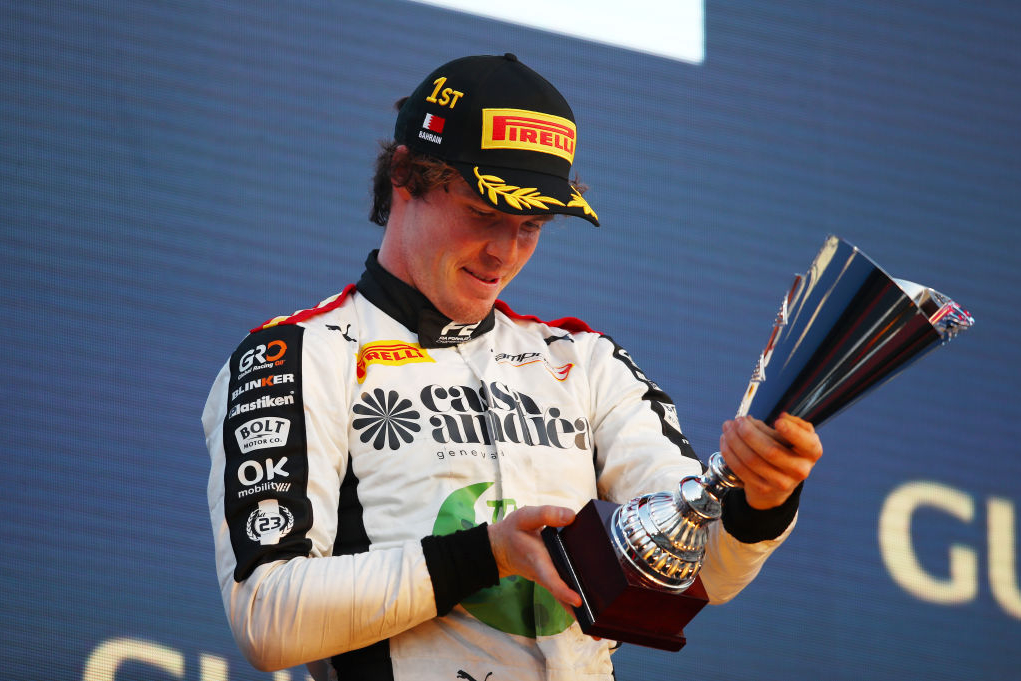
Photo: Formula Motorsport Ltd
Most of what there is to say about Boschung has been said recently, but it’s still worth recapping his career at this level.
Boschung ran out of budget one round before the end in his rookie season in 2017, then suffered the same fate two rounds from the finish in 2018.
The funding dried up after five rounds in 2019, but he was able to return to return for two rounds later in the year, then in 2020 he only contested the season finale as a last-minute stand-in for Jack Aitken who had been summoned to race in F1.
The elusive prospect of a full F2 season finally occurred in 2021 with Campos, and having greater financial stability was reflected in Boschung’s results. He came 10th in the standings with two podiums, and started 2022 looking even stronger. After making the podium for a second time at Imola, Boschung’s season was ruined by a neck injury that kept him out of his car for 12 races. On his comeback at Spa he immediately made the podium, showing the potential that year could have held.
Now fully recovered, and with a Campos team that is benefitting from a high-profile technical signing, Boschung started 2023 with that all-important victory, and he leads the championship after four races. Could he win the title?
1. Rene Binder AUSTRIA 98 races
GP2/F2 (75 races): 16pts FR3.5 (38 races): 4 wins, 2 poles, 10 podiums, 366pts Top tier IndyCar (6 races): 61pts

Photo: Sebastiaan Rozendaal/Dutch Photo Agency
Binder’s 75-race career in GP2/F2 featured not a single result of note, but once he headed to FV8 3.5 his results, and the perception of him, started to change.
Driving for the Lotus-branded Charouz Racing System team, Binder made the podium five times and came seventh in the standings in 2016. The opposition may not have been at the same standard as GP2, but it was more the differences between team peformances that influenced Binder’s ability to fight towards the front in FV8 3.5.
He continued with Charouz for 2017, and although he had no answer to team-mate Pietro Fittipaldi he was one of the contenders to be best of the rest. After four-and-a-half years of waiting, Binder won a race for the first time at Monza.
The next day he won again at the track, and later in the year won from pole at Circuit of the Americas and Bahrain. Only Fittipaldi won more races than him, and – almost unimaginable just a year prior – Binder then stepped up to IndyCar in a part-time drive with Juncos Racing.
Now Boschung has won, the closest active driver to threatening Binder’s record is Carlin F2 driver Enzo Fittipaldi on 40 starts.